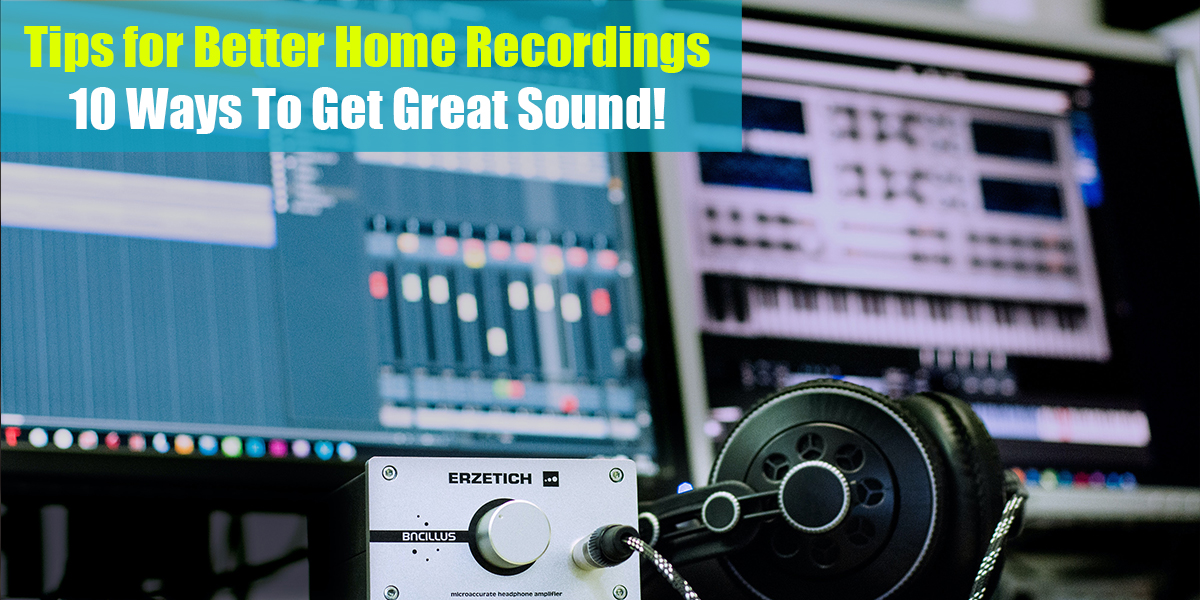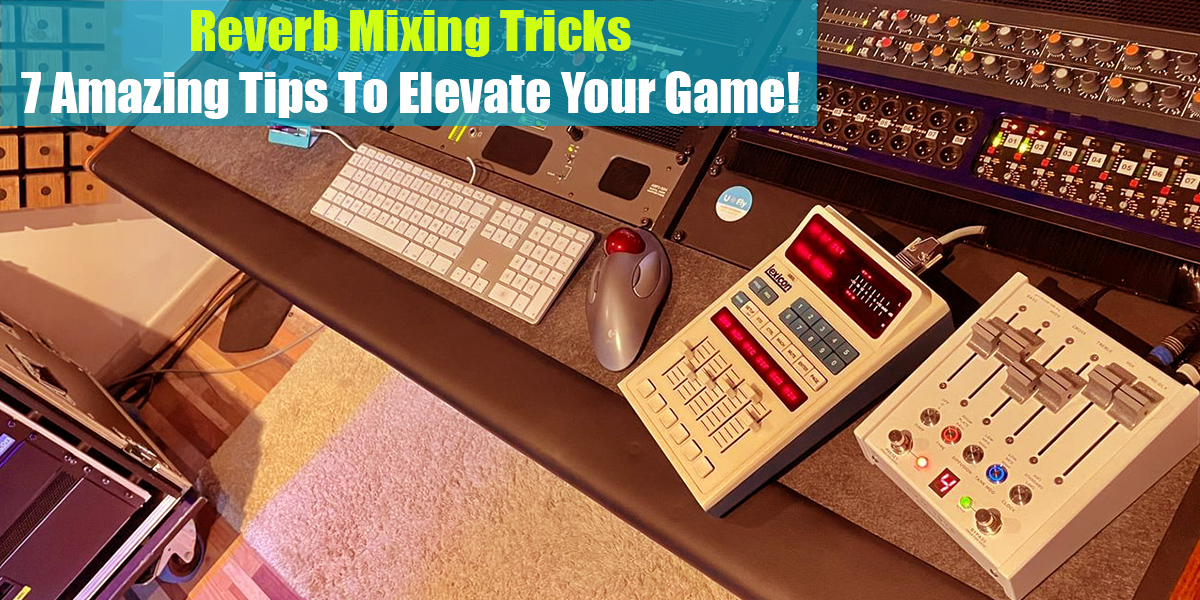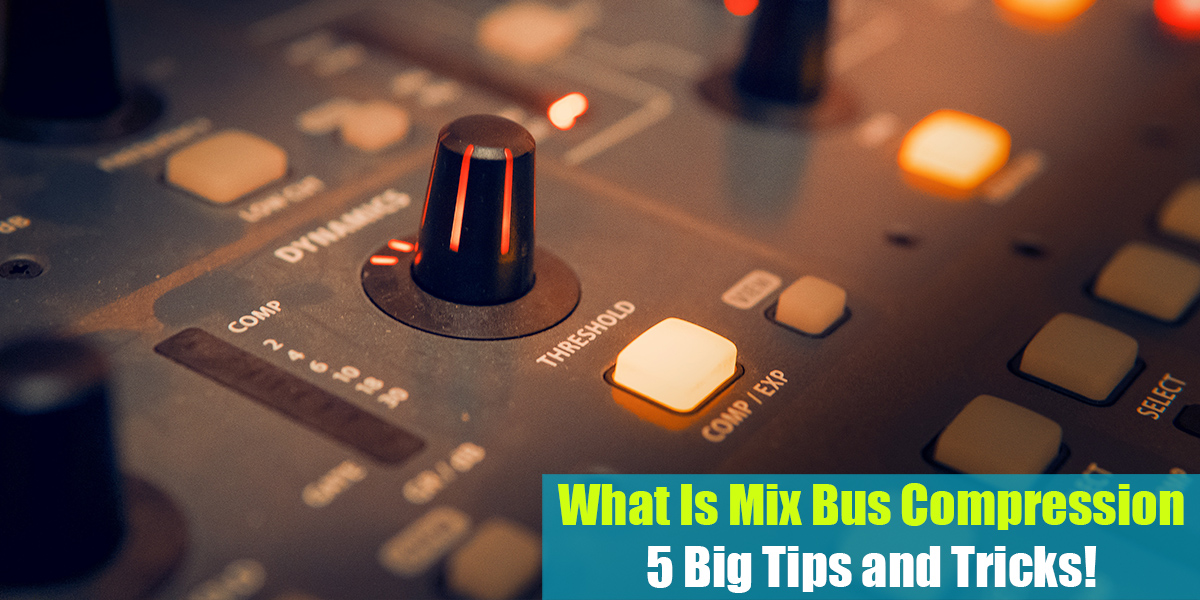Tips for Reducing Sibilance
Introduction
A passionate vocalist can sometimes produce harsh and unpleasant tones when belting into a microphone. If you know how to eliminate vocal sibilance during recording and mixing, you can achieve a much smoother-sounding performance.
The “sss” sounds singers make can be very frustrating to hear. Luckily, there are several ways to help reduce this problem. First, you can try to eliminate the source of sibilance while recording. Second, you can reduce it through post-processing.
It’s important to be aware of sibilance in a track, as too much can be extremely distracting to listeners. Sibilance appears to some degree on every vocal track you record, so you should always be on the lookout for it. In this article, we’ll look at what sibilance is and explore some methods for eliminating it. Let’s get started!
What is Sibilance
In audio recordings, sibilance refers to a harsh, hissing sound that can be unpleasant to hear. Sibilance occurs when a singer pronounces words with consonants like “s,” “z,” or “t.” These sounds typically fall within the 5kHz to 8kHz frequency range, although some piercing sounds—such as cymbal crashes—can occur at even higher frequencies.
The first step in correcting sibilance is to control it at the source. Addressing this problem during recording, rather than trying to fix it during mixing, helps prevent the vocals from sounding unnatural. Try out different microphones when recording vocals, and avoid the mistake of using the same microphone throughout the entire process.
Sibilance is usually caused by the natural shape of the vocal cords, but it can also be made worse by how the microphone is placed and used. In this article, we’ll discuss some methods for controlling vocal sibilance so it doesn’t distract from your performance.

Listed below are 8 Tips for Reducing Sibilance in Recordings
1. Microphone Techniques To Reduce Sibilance
One important factor that affects the amount of sibilance in a vocal track is the microphone you use. Sibilance occurs in the upper-frequency range, so microphones that emphasize these frequencies are more likely to produce noticeable sibilance.
High-frequency microphones create a bright, clear sound, which can be appealing—until it starts to sound like a chorus of snakes hissing in the background. Large-diaphragm condenser microphones, which usually emphasize lower frequencies, may be a better choice for reducing sibilance.
On the other hand, small-diaphragm condenser microphones can produce airy tones that often exaggerate sibilance, so you might want to avoid them. Sibilant sounds behave differently from other sounds, and microphones also pick them up in different ways.
There’s a big difference between sibilance that is most noticeable near the mouth and sibilance that comes directly along the path of your breath as you sing.

2. Distance Yourself From The Microphone
It’s important to keep some distance between the singer and the microphone to help prevent sibilance overload. As a general rule, the vocalist should stay about two fist lengths away from the microphone at all times.
Place one fist between the microphone and the pop filter, and another fist between the pop filter and the singer. Sibilance overload happens when there are too many upper-mid sibilant frequencies in the sound.
Usually, positioning the microphone further away from the singer allows the high frequencies in the sound wave to disperse, which reduces their overpowering presence.
Microphones are generally more sensitive to sibilance and plosives when used up close, making them more likely to become overloaded by vocalists.
3. Use The Pencil Trick To Reduce Sibilance
You can actually reduce sibilance—at least to some extent—by using a trick often used in studios to minimize plosives. When singing, try holding a pencil, pen, straw, or any similar round object up to your lips. By doing this, you help scatter the sibilant energy, allowing it to travel in many different directions with less force, rather than moving directly and with more intensity.
Sibilance is caused by the disturbance in airflow when certain sounds are produced. Interrupting this airflow with something like a pencil can help reduce those effects. However, this technique can be a bit tricky and may feel distracting at first. If you suggest this trick to someone, don’t expect to get the perfect vocal take on the first try. If you have time, it’s a good idea to recommend that the vocalist practice this technique to get comfortable with it.
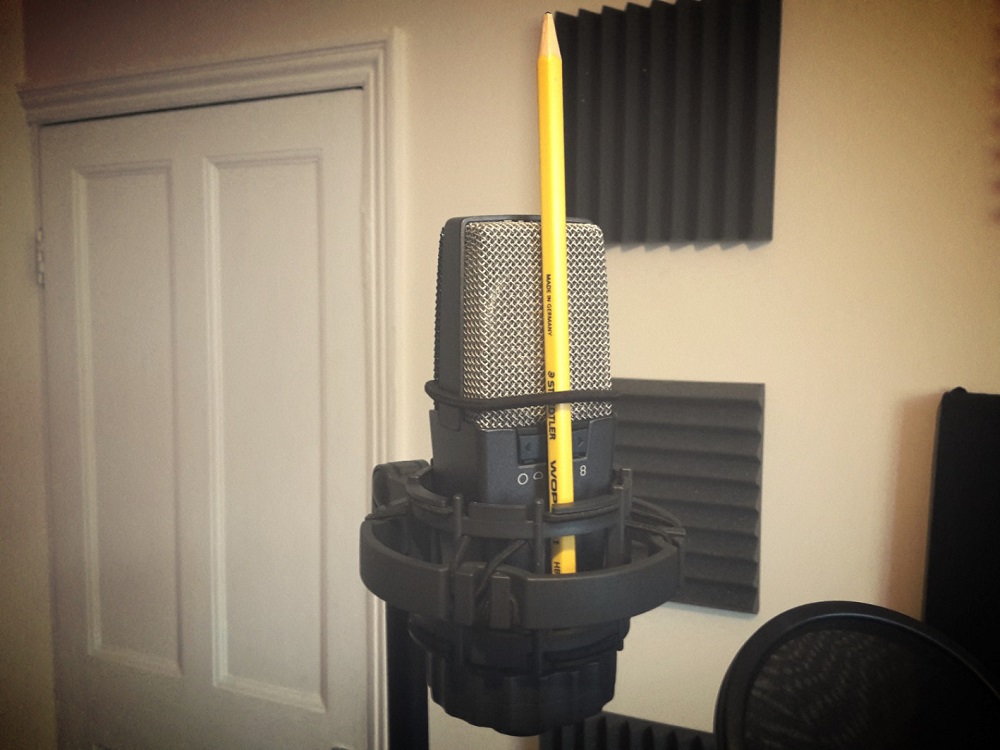
4. Chop and Change
We prefer to use our DAW’s editing tools to manually remove or reduce problem esses during the mix prep stage. While this process might seem tedious, it offers several advantages, such as making it easy to identify esses and breaths in the waveform—especially if your DAW supports spectrograms.
If you’ve already gone through your audio files before mixing, it’s not a big step to cut out the esses and place them on a separate DAW track. This way, you can control or automate the sibilance channel faders, or apply low-pass filters to soften the esses as needed.
This approach also gives you a ready-made solution for another common issue: a stray ess with a whistly or lispy sound that draws unwanted attention. You can simply substitute a good ess for the problematic one by muting or chopping out the bad section.
5. Fix With A De-Esser
De-Essers do exactly what their name suggests—they remove harsh “S” sounds (hiss) from vocals. By targeting these specific sounds, the “S” becomes less pronounced or even disappears. In essence, a de-esser works like a compressor that’s controlled by an equalizer, focusing only on certain frequencies to reduce sibilance.
This makes a de-esser similar to a compressor, but it only affects the frequency range you choose. Usually, the default range is between 6 kHz and 8 kHz, but you can adjust it to better match your singer’s voice. For more details about how sidechain compression works, you can look it up separately.
Set the threshold just below the level that sounds “just right.” Remember, a de-esser is a compressor that only works on certain frequencies. It’s generally best to use a de-esser before any other EQ, compression, or effects. Always remove unwanted sounds first before enhancing what you want to keep.
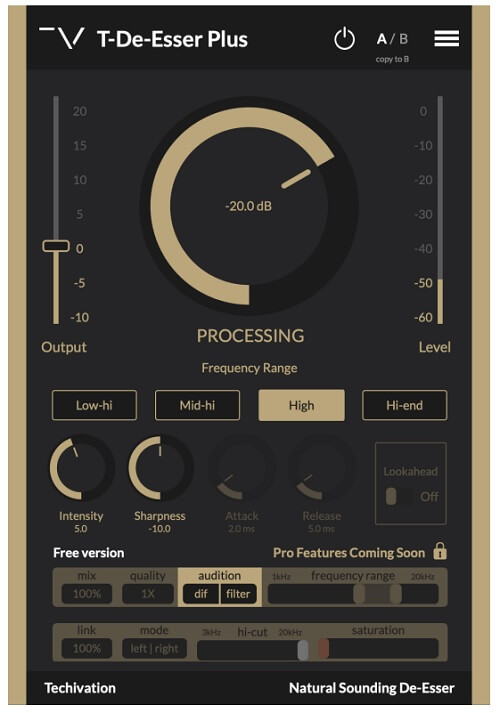
6. Effects and Processing
As you may know, a typical mix involves various types of processing, most of which happen after de-essing. De-essing is usually done early in the signal chain. However, keep in mind that you might need to adjust your de-esser settings after using channel EQ, compression, distortion, saturation, or harmonic enhancement, as these can affect how sibilance sounds.
In these situations, we recommend using a filter or a de-esser right before any effects plug-ins. This helps prevent unwanted attention being drawn to sibilant sounds, like “esses,” especially when sending effects such as reverb and delay, which can exaggerate these sounds.
By doing this, you won’t have to change the sound of your ‘dry’ vocal—only the sound that goes into the effect. Finally, be mindful of any processing you’re doing on your buses.
On the master bus, we often use fairly strong high-frequency boosts with a ‘top-down’ EQ approach. This can naturally accentuate sibilance. Instead of EQing out the sibilance, it’s often easier to route the vocals around the master bus EQ.
7. Choose A Darker Microphone
Sibilance often occurs in the frequency range of 5 kHz to 8 kHz, though it can sometimes appear outside these ranges. To help reduce sibilance, it’s a good idea to choose a microphone with a darker tone or character.
These darker microphones are less affected by sibilance compared to brighter microphones, as their sensitivity drops in the upper-mid and high-frequency ranges. This means the audio signal sounds less bright, but it may lose some clarity.
If you notice that a vocalist’s sound is too bright and their sibilance is too harsh, we recommend trying this approach. Ribbon dynamic microphones, with their gentle high-end roll-off, provide an accurate yet darker frequency response.
In contrast, FET condenser microphones can sound overly accurate and sterile, especially when used for digital recording.

8. Vocal Techniques for Reducing Sibilances
It’s important to start with realistic expectations. Depending on the singer’s experience and skill, even basic changes in vocal technique can have a big impact. However, whether your vocalist is a beginner or more advanced, there are steps you can take to help prevent sibilance right from the start.
To show the singer where to stand, have them use their fists as spacers. There should be one fist’s distance between the microphone and the pop filter, and another fist’s distance between the pop filter and the singer’s mouth.
An experienced singer will likely be able to use the techniques discussed in the videos more quickly than someone with less experience, but singers at any level will benefit from them. Still, don’t expect technique alone to solve the problem, especially if the singer is less experienced or untrained.
Conclusion
We’ve already talked about why it’s important to reduce sibilance during recording, instead of having to fix it later in the mix. As you can see, using automated de-essers can be very time-consuming because you have to make constant small adjustments to keep a good balance between removing sibilance and keeping the vocal track sounding natural.
Of course, reducing sibilance during recording will save you time, but you may still need to make some adjustments during mixing. By addressing sibilance early, you’ll only need minor tweaks later, leading to a smoother workflow and a more polished final track.


